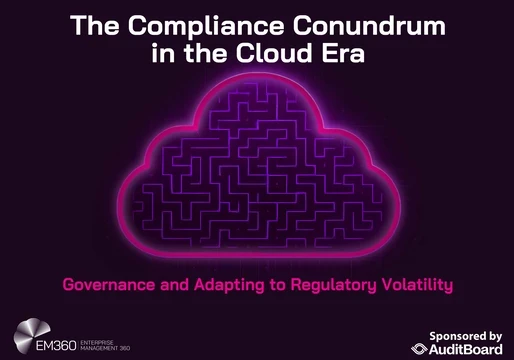Supply chain attacks target vulnerabilities in external vendors and partners. Securing your organization means looking beyond your internal processes and security method to prevent back door access.
By compromising a trusted partner, attackers can gain indirect access to bigger, more lucrative targets. This indirect access means bypassing traditional security measures and potentially causing widespread disruption.
So, what exactly is a supply chain attack, how do they work, and, most importantly, what concrete steps can you take to prevent them from impacting your organization? We’ve got you covered with this comprehensive guide.

What is a Supply Chain Attack?
A supply chain attack is a type of cyberattack that targets vulnerabilities across an organization's supply chain.
Instead of directly attacking the target organization, attackers will compromise a third-party vendor, supplier, or service provider that is less secure in order to ultimately gain access to the more lucrative target's systems or data.
The attacks exploit the trust that major organizations have to place in vendors and partners in order to function effectively.
Compromising one widely used vendor can have a massive impact across customers, as seen in the massive cyber outage caused by CrowdStrike being compromised.
As the attack is indirect it can be difficult to detect. Traditional security measures often focus on an organization's direct infrastructure. Malicious activity originating from a trusted third party can bypass these defenses.
Cyber criminals will look to target the weakest security links within a supply chain. Smaller vendors with less robust security measures can be easier to breach. They are then used as a stepping stone to reach larger, more secure targets (a technique sometimes called "island hopping").
Once an attacker has gained a foothold in the vendor's system they can use it to gain more privileged access to a network they wouldn’t otherwise be privy to. Once in they can also implant backdoors within the supply chain which allows for repeated less detectable access after the initial compromise is resolved.
One key avenue for supply chain attacks is through software. There are a few different common method, the most common being the distribution of malicious updates where malware is injected into legitimate software updates provided by vendors..
Attackers may also embed backdoors directly into software code during its development or distribution process, creating hidden entry points for later exploitation
They can also exploit vulnerable dependencies, targeting known or zero-day vulnerabilities present in third-party or open-source elements.
There is also the physical vulnerability of compromised hardware. This can involve the introduction of malicious components, such as tampered hardware containing spyware or backdoors, during the manufacturing or shipping stages. Organizations may also fall victim to counterfeit hardware, these are fake components that may contain vulnerabilities or malicious code.
Social engineering tactics also play a crucial role in many supply chain attacks. Phishing campaigns can be directed at employees of vendor organizations with the primary goal of stealing their credentials or tricking them into installing malware. Business Email Compromise (BEC) attacks may involve impersonating legitimate entities within the supply chain to deceive organizations into transferring funds or divulging sensitive information under false pretenses.
How To Prevent Supply Chain Attacks?
Supply chain attacks are unfortunately becoming more and more prevalent. However there are some straightforward best practices that you can follow to help prevent vulnerabilities across your supply chain.
Robust Vendor Risk Management (VRM) starts with a detailed inventory of all third-party entities with access to systems, data, or locations. Thorough risk assessments are crucial for potential and existing vendors, evaluating their security posture and the criticality of their services.
Vendors should be categorized by risk level, prioritizing high-risk ones for stricter controls and monitoring. Continuous monitoring of vendor security practices through various methods is essential.
Throughout securing your supply chain, establishing clear communication channels with vendors regarding security expectations and incident reporting are vital. A vendor offboarding process wherein any vendors you no longer work with have any secure access revoked immediately is also vital.
Its also important to adopt a Zero Trust Architecture that assumes no trust of any vendor or user by default, requiring strict verification and least privilege access.
Robust Identity and Access Management (IAM) policies, including MFA, as well as regular review for all users, are essential
Network segmentation helps to limit the impact of potential breach whilst comprehensive endpoint security solutions should be prioritized on all devices.







Comments ( 0 )